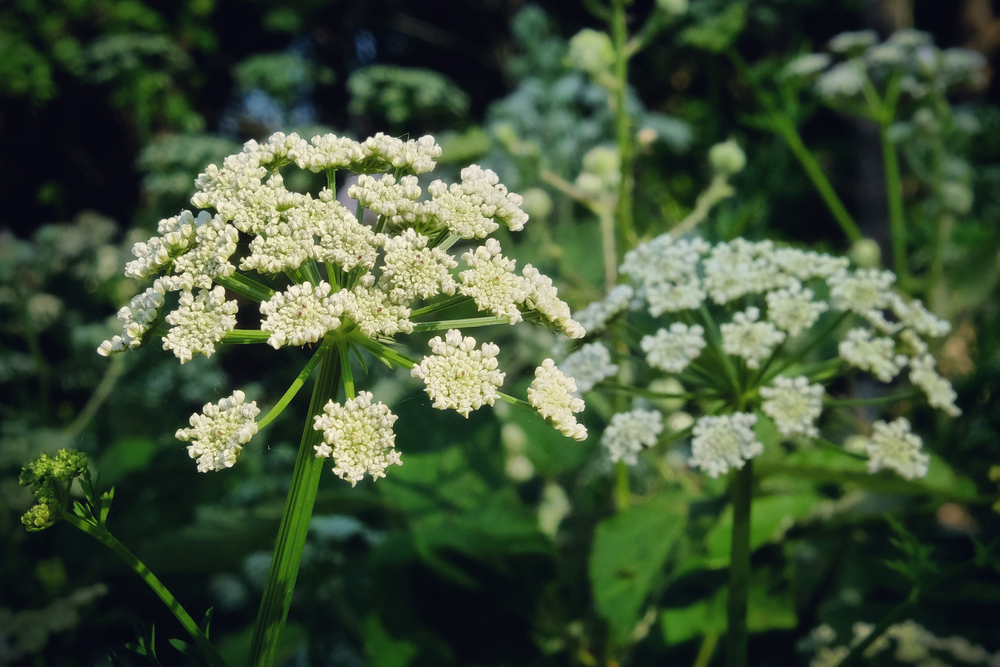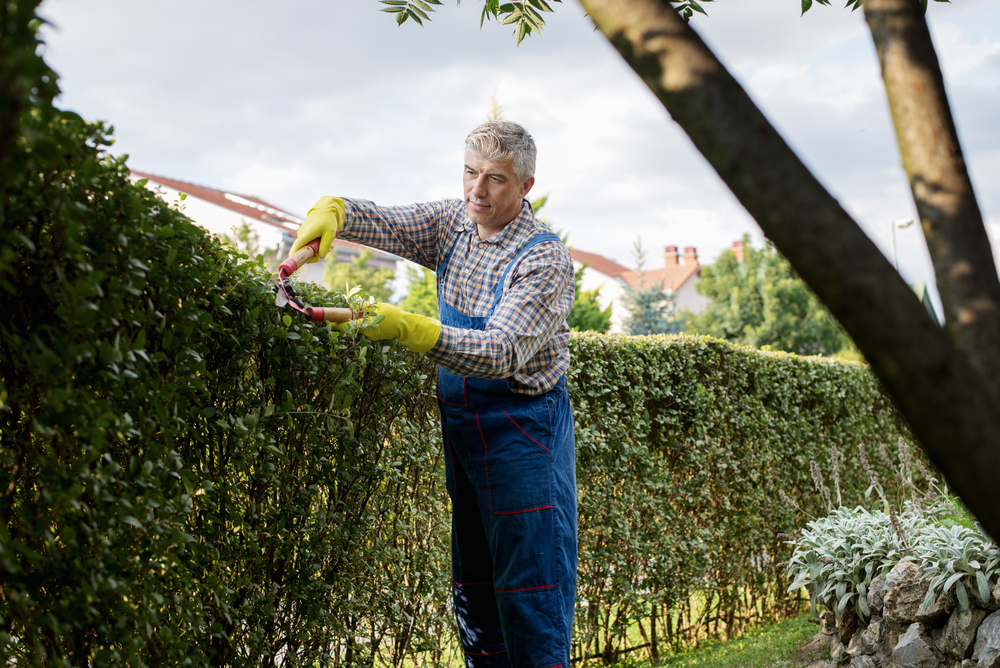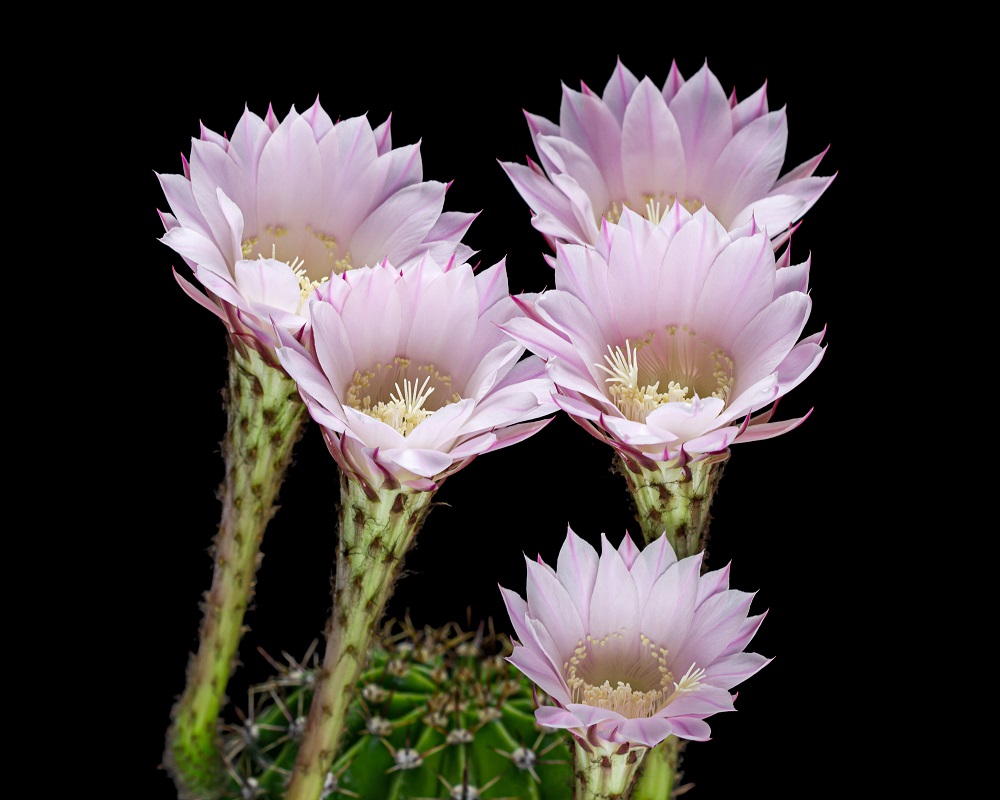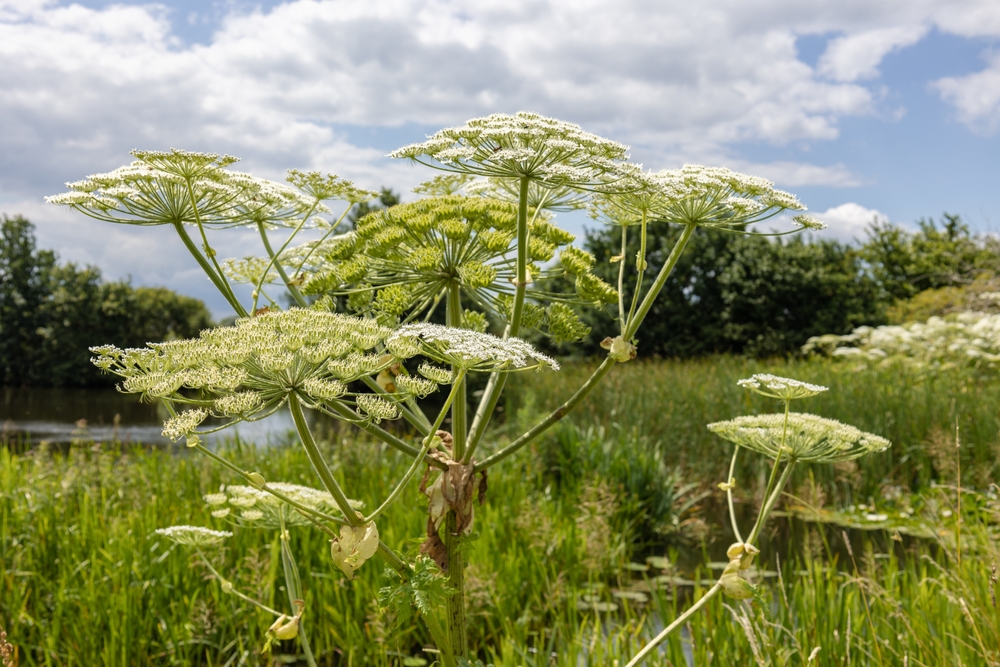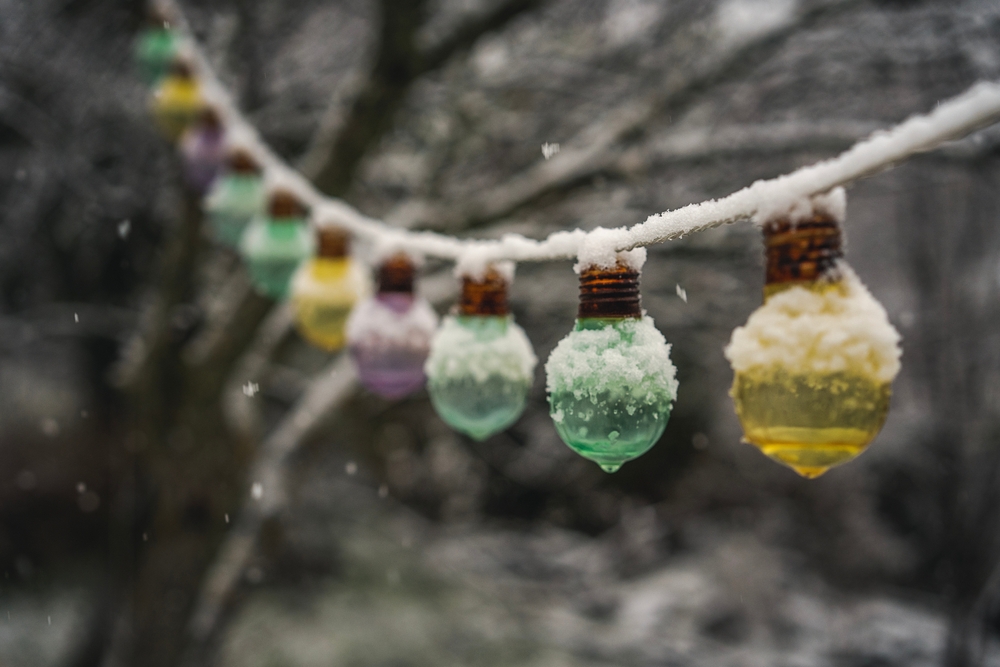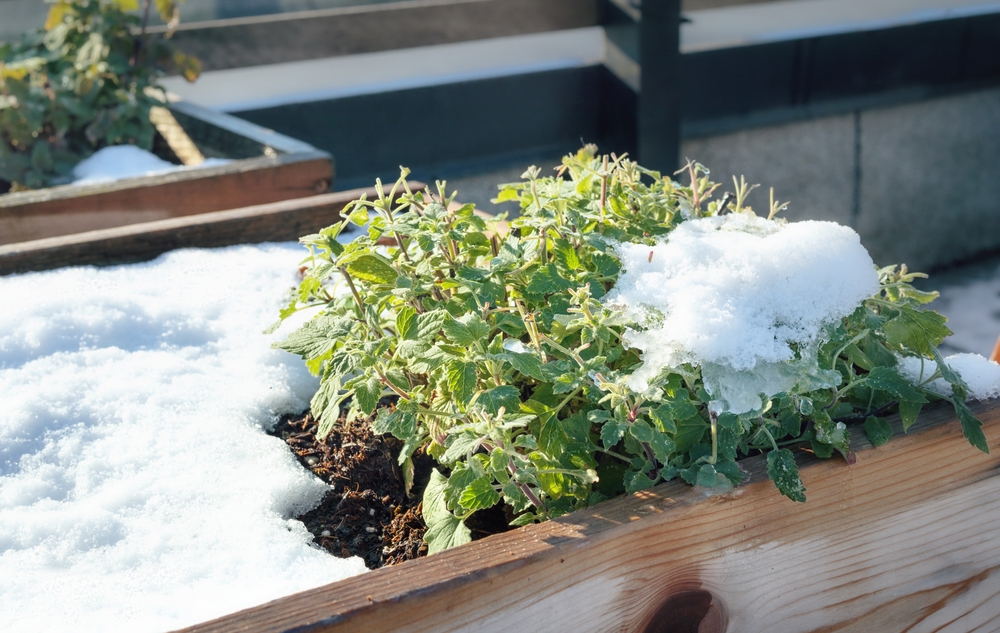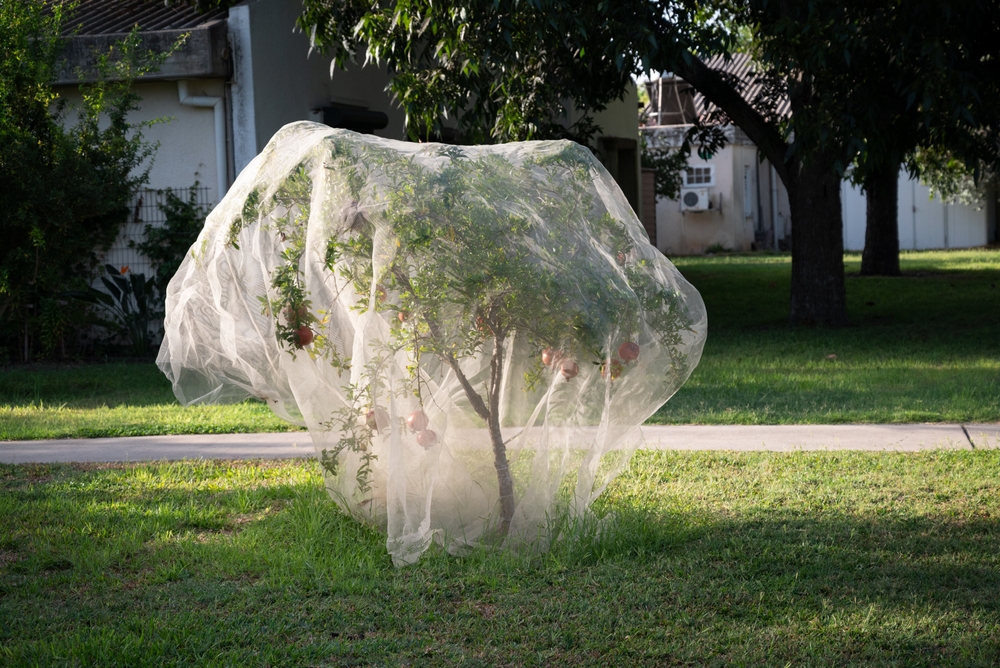Healthy plants have the ability to tolerate a couple of pests, but if way too many bugs settle on your plants, don’t fret. Most of them can be easily controlled with simple, safe, and cheap solutions. The first step is to know exactly what pests you’re dealing with.
If your plants fall victim to pests, try to avoid chemicals as much as you can. Insecticides aren’t only unhealthy, but they also kill beneficial insects that keep the pests in control. Make sure you keep your garden clean and free of debris where pests can hide.
Now, in this article, you will learn a couple of tricks and tips on what to do and when to do it to efficiently get rid of pests. It’s a lot easier than you think!

Aphids
Aphids live only a week, but a mature female can reproduce quite easily. These tiny sucking pests are often found growing en masse on the underside of the leaves. They emit a sticky substance that draws the ants and attracts plenty of sooty molds. You can control aphids with neem oil or even insecticidal soap.
Thrips
Thrips are small flying insects with fringed wings. These sap-sucking insects discolor and distort any kind of plant. They leave a small black speck of excrement on the leaves and oftentimes create small, white patches on leaves and petals. Thrips are quite difficult to control, and they often require a combination of methods like sticky traps and insecticidal soap or even neem oil.
Spider mites
Spider mites are quite difficult to see with the naked eye, but they are also easy to spot by the fine webs. The pests might cause streaking, spotting, and discolored leaves that could fall off the plant if not properly controlled. Neem oil and insecticidal soap are also quite effective. Make sure you water your plants properly because mites are generally drawn to dry and dusty conditions.
Leaf miners
Leaf miners are basically the larvae of different pests, such as moths, flies, and beetles. Even if the larvae create trails and other blotchy areas as they feed on the leaves, they are also relatively harmless. As a general rule, no treatment is necessary. Sticky traps might catch egg-laying adults and insecticidal soap could help, where control is needed.
Scale
Scale damage can prove to be quite devastating, especially since tiny pests suck out the sweet nectar. There are two types of scale: we have hard scale, found mainly on woody tissue like branches, trunks, and twigs, but also soft scale, which has quite a waxy and protective covering. Control can be quite difficult, but neem oil works well enough by suffocating the pests. Constant use of insecticidal soap can also be effective.
Whiteflies
Whiteflies are just another type of sap-sucking pest. Small numbers can be relatively harmless, even if large infestations could cause yellow or even dry leaves that rapidly fall off the plants. And just like any other sap-sucking pests, the sweet substance made by whiteflies attracts ants and sooty mold. To effectively control whiteflies, you can try sticky traps insecticidal soap, or even neem oil.
Earwigs
Earwigs can be quite beneficial, but they can also cause a lot of harm when they feed on vegetables and some other plants, such as mums, clematis, and dahlias. Earwigs are also easy to trap with short lengths of garden hose, or in tuna cans with some cooking oil.
You can easily cut a small hole in the side of a cardboard box baited with a small amount of oatmeal. Make sure you keep the area free of debris, as earwigs can easily hide in cool and moist areas.
Cutworms
Cutworms are basically the larval stage of some moths. The destructive pests hide under leaves or any other plant debris, emerging to lay masses of eggs on plants. They also eat almost anything in their paths, often cutting through stems of young plants at ground level.
Make sure you remove plant debris. Also, try to pick off the pests by hand, especially in the late afternoon or evening. Create strong barriers with cardboard collars or gritty substances such as eggshells, coffee grounds, and even diatomaceous earth. You can also encourage birds to visit your garden.
Fungus gnats
Fungus gnats are small and annoying pests that wreak havoc on houseplants or even in gardens or greenhouses. The swarms of flying insects can be quite annoying, but in reality, it’s actually the larvae that do a lot of harm by eating plant roots. Fungus gnats can also carry disease from plant to plant. You can control and repel the adults with bright yellow sticky traps or even insecticidal soap.
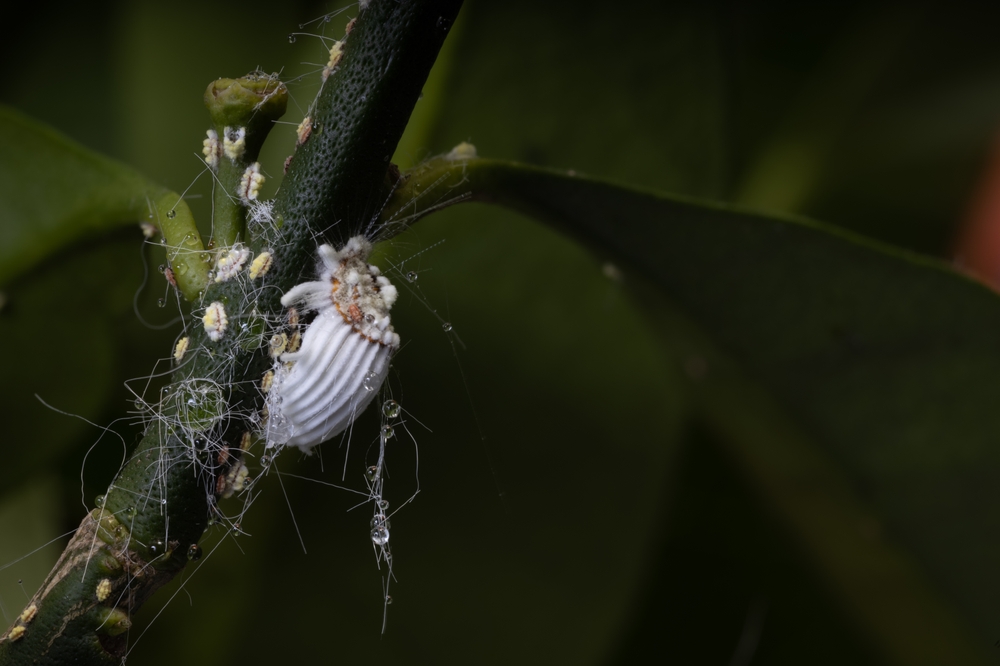
Mealybugs
Mealybugs are quite common for both indoor and outdoor plants. They might cause stunted growth, withering and yellowing of plants. The pests can be easily recognized by the cotton protective covering. Insecticidal soap works quite well against the pests. Light infestations on indoor plants can also be easily removed with a toothpick or a cotton swab dipped in rubbing alcohol.
Home remedies
You can try soap solution: just mix a teaspoon of baby shampoo in 1 liter of water. Mix it as well as you can and spray it generously on the plant. Whatever you do, don’t spray in direct sunlight. If you want to prevent injuries, make sure you wash the plants with fresh water somewhere around 3 to 4 hours after application.
Also, make sure you always do the test on smaller areas. Wait for a couple of days to check for damage, and avoid using soaps on plants that have hairy leaves and plants with waxy leaves. Also, if baby shampoo isn’t available, you can use normal shampoo.
Vinegar is also available in all households. A mix of only three tablespoons of vinegar in a liter of water can be easily sprayed on the plant to ward off pests quite effectively.
Repotting
In case of severe infestation, you might have to repot your plant. If that’s the case, take your plant outside and work over an open trash bag. Then, remove the plant from its pot and shake off as much of the soil as you can, then seal up the trash bag. Avoid contact with the soil with other plants.
Then, run the plant’s stems, leaves, and roots over running water. This way, you will eliminate as much of the soil and as many insects as you can. You can also use a new pot or thoroughly clean your old pot with soapy water and a soft scrub brush.
You can also report using sterilized potting soil. You can also prepare weed-free soil, by simply pouring boiling hot water. However, make sure you’re careful with this, so you don’t damage the plant or yourself. Boiling water kills all the seeds and weeds, which is exactly what you want. Vinegar is also a great weed killer. Repotting is also encouraged once a year for fast-growing plants.
Reinfestation
If you think repotting works great for your plants, try to find some time to monitor your plants on a regular basis, simply to make sure the infestation doesn’t return. Treated plants should be isolated and watched carefully for signs of re-infestation, removing any new pests until the bugs are fully eradicated.
If you found this article useful, we also recommend checking Easy Green Thumb: 7 Cacti & Succulents

